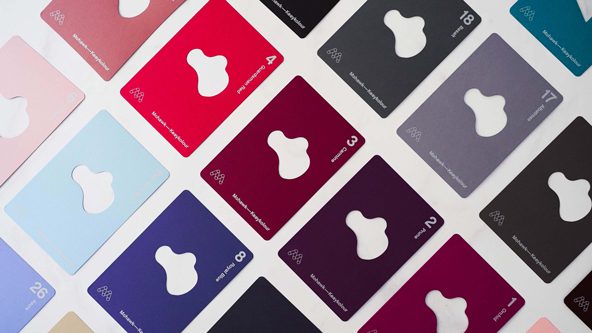Talent, Leadership and Learning
TL&L Summary Notes: Leadership Frameworks
On July 25th CRF hosted an online discussion for members of its Talent, Leadership & Learning (TL&L) community on the topic of Leadership Frameworks. Chaired by CRF’s Research Director Gillian Pillans and with a case study shared by Clare Kirk, Talent & Learning Director at Rank Group, the discussion included guidance for creating and implementing leadership frameworks, methods for gaining executive buy-in and common challenges. These notes summarise the discussion.
Developing A Leadership Framework at Rank Group
Clare Kirk, Talent & Learning Director at Rank Group, shared the below key takeaways and lessons learned from her experience of creating a leadership framework at the gaming industry multinational.
Identifying the Need
- With 7,600 employees across a range of international locations, Rank Group required a broad leadership approach which could meet their diverse business needs.
- Whilst the organisation had implemented various leadership interventions, they did not have an overarching leadership framework which had led to lack of consistency.
- Rank Group therefore identified the need to move away from detailed, onerous competency frameworks and towards a more accessible and agile approach which could be applied across various business units.
In response to the above need, Clare decided to create a simple, consistent framework which met the following objectives:
- Complement the organisation’s existing values and behaviours.
- Be accessible and visible, including for colleagues who are in venues where they may not have access to a computer.
- Co-created by the business (rather than externally or solely from HR).
- Capture the breadth and depth of leadership – from first line managers all the way up to senior leadership.
Creation and Implementation
Clare highlighted the below regarding the process of creating and implementing a leadership framework at Rank Group:
- The team decided to create their own framework, rather than buying and adapting one off-the-shelf; co-creating the framework with the business was an important step to drive engagement and ensure the framework’s relevance. As part of the co-creation they pooled their previous complex frameworks, which acted as a good foundation. This co-creation was also intentionally quick in order to garner people’s immediate, instinctive thoughts.
- The creation was linked to insights gained from talent conversations. For example, they identified that they would need leaders with coaching capability to delivery the strategy, though that was not currently an explicit offer.
- The resulting framework consisted of three main areas: leading for success, leading our colleagues and setting direction, with several expectations under each area. They additionally road tested their framework to ensure it was genuinely universal, with the language becoming increasingly universal as the framework was finalised.
- The following steps are supporting the launch and rollout:
- Adopting a gradual, integrated introduction rather than a sudden launch.
- Internal champions are indispensable in helping to promote the embedding.
- A working group built examples to demonstrate how the framework could be applied in different situations, helping to market it to the business.
- The most important step overall was contracting and engagement with executive leadership. In particular, the team identified their pain points and linked these to the leadership framework.
- The way the framework is brought to life within the business is critical. This includes:
- Implicitly weaving the framework into all elements of the colleague lifecycle. For example, using it in job adverts, interviews, onboarding and inductions.Leveraging communications and engagement platform.
- Using Mind Tools to enable colleagues to quickly access the leadership framework playlists and related resources.
Leadership Frameworks: Practitioner Experiences
During the session, members outlined the following challenges they had experienced in designing and implementing leadership frameworks:
- Prioritising work on the leadership framework when there are many other competing priorities and tasks.
- Managing expectations about what can realistically be achieved through a leadership framework.
- Grappling with how to simplify and embed a framework in an employee lifecycle, balancing complexity and simplicity.
They additionally shared the below lessons learned from their experiences:
- A leadership framework should be consistent across the business, regardless of role.
- Any terms used within a framework should be clear and simple to understand. For example, one member had to clarify what they meant by ‘intelligent risk taking’.
- Align leadership and capability frameworks with important, company-specific values or capabilities (e.g. a mining company which prioritises safety as a value and therefore integrates this in their framework).
- If there are multiple frameworks, ensure that these are aligned. This includes working closely with the talent team to determine how a capability framework fits into the leadership development framework.
- Challenge yourself to remove any frameworks which are less relevant, rather than continually layering new ones on top.
Further Resources
CRF. 2022. Making a Paradigm Shift in Leadership Development
CRF. 2024. Post Meeting Notes: High Impact Leadership Development
The next TL&L community event will take place on September 12th, with further details to be shared in due course. To register your interest, or if you have any further questions, please contact communities@crforum.co.uk.
MEMBER LOGIN TO ACCESS ALL CRF CONTENT



